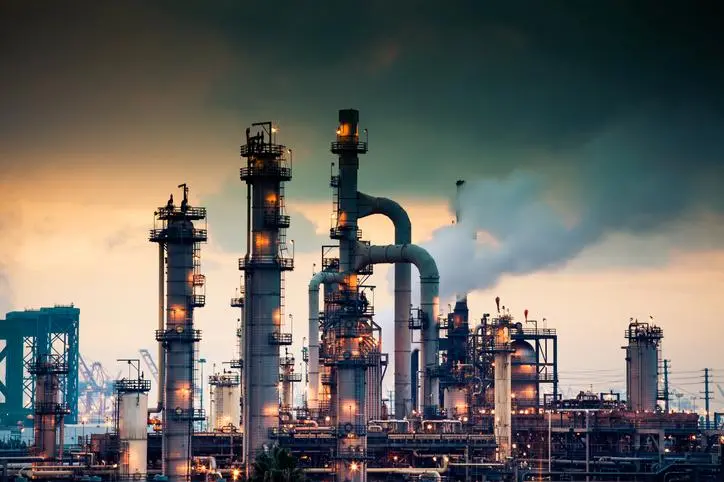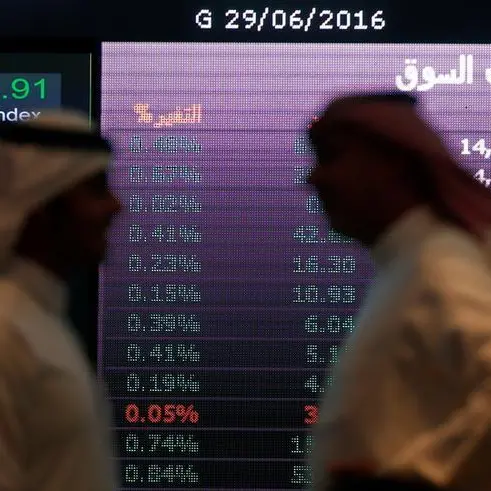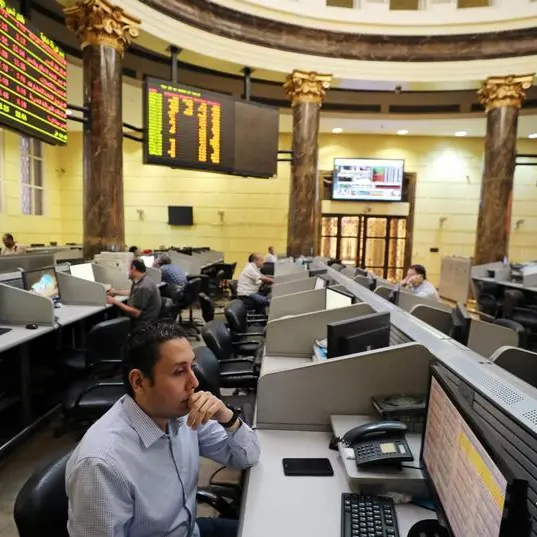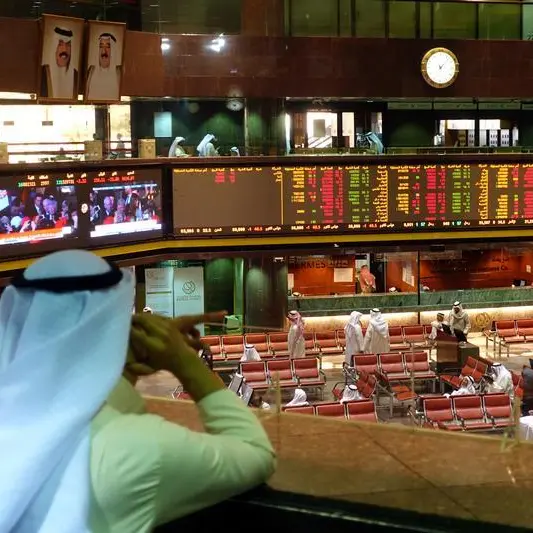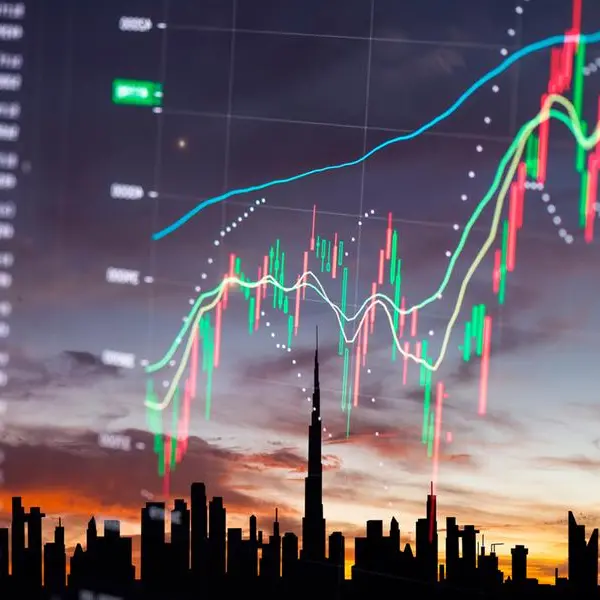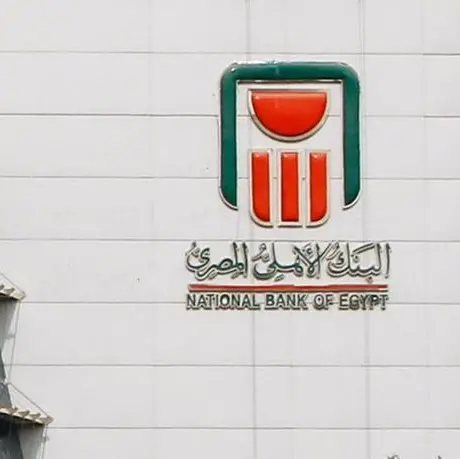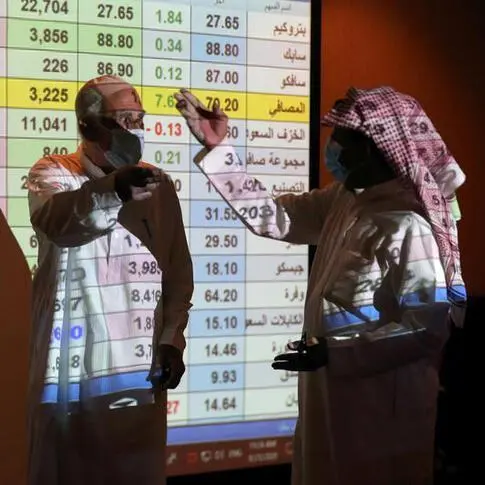PHOTO
In 2019, the average Brent crude price was $64, while in 2020 it started at around $70, falling to $50 and averaging at closer to $40.
In early 2020, the Brent crude oil price hit $70 after US-China trade tensions eased and the impact of the trade dispute on oil started to fade. An improvement in the global economic outlook was expected, after the battle between the superpowers rumbled oil markets and was the catalyst for behind every downward price momentum last year.
2020 was an extraordinary year in many aspects. It witnessed the largest oil demand shock in history, that led producers to the largest oil production cut in history — 9.7 million bpd — equating to almost 10 percent of global supplies — which aimed to balance the market over the medium-term.
The market has questioned whether OPEC+ output cuts will be enough to offset the estimated 20 million barrels of oil demand lost at the beginning of the pandemic and the associated impact on transportation.
OPEC+ made a historical success that resulted in the deepest agreement to reduce production. The agreement aimed to achieve equilibrium in the oil market in the medium-term and not in the short-term. The key goals remain the same: Ensuring global energy security through market balance, sustainability of prices and continuity of supplies. This agreement has accomplished an unprecedented level of compliance after being closely monitored by the Joint Ministerial Monitoring Committee meetings, which will now be held on a monthly basis.
Oil prices started to deteriorate steeply from the end of January until April, when the WTI plunged to minus $37 per barrel and the Brent crude price dropped to $16 per barrel, the lowest since the late 1990s. It was also a rollercoaster ride for Brent crude, which tumbled to a 21-year low in “Black April” when the global oil market endured the most frenetic week in its history — especially so for the US WTI benchmark that was controversially allowed to fall into negative territory. On the other hand, this could never happen to the Brent benchmark as the contract does not envisage physical delivery. Brent is a seaborne crude oil and it is not landlocked like WTI.
Still, the unforeseen event of an oil contract turning negative for the first time in history, like WTI did in April, should attract scrutiny and may even raise questions about the viability of some international oil benchmarks, which, on the one hand, highlighted a disconnect between underlying supply and demand for physical oil, and, on the other side, the trading of oil-based financial instruments. It was a wake-up call for an industry long blighted by speculation.
“Black April” has cemented the market’s “contango” structure, where prices for immediate delivery remain far below future prices, which led some market players to massively store crude oil onshore and offshore.
The Brent crude price had been moving in an extremely narrow range (between $30 and $35 per barrel) in May. That recovery, though stark, didn’t imply a corresponding improvement in fundamentals, despite the fact that OPEC producers have successfully slashed oil output to the lowest level since 2002.
The sustainable output cut strategy will last until April 2022, starting with a reduction of 9.7 million bpd during May and June, then falling to 7.7 million bpd for the second half of 2020 and dropping to 6 million bpd for the remaining 16 months. That was successfully adjusted later to 7.2 million bpd for the first quarter 2021, subject to market needs.
The most bullish development in 2020 was OPEC+ continuing its historical output cuts agreement beyond June.
The pandemic has upended expectations of how the US-China energy relationship may develop at a time of huge volatility.
As the world hopefully emerges from the pandemic, oil market fundamentals will likely improve. But we should not forget the 2020 chaos and the need for more transparent international oil benchmarks that it signals.
The only thing that can support a balanced market going forward is a pickup in demand and that will eventually happen. But the shape and form of that pickup remains unpredictable.
Copyright: Arab News © 2020 All rights reserved. Provided by SyndiGate Media Inc. (Syndigate.info).
